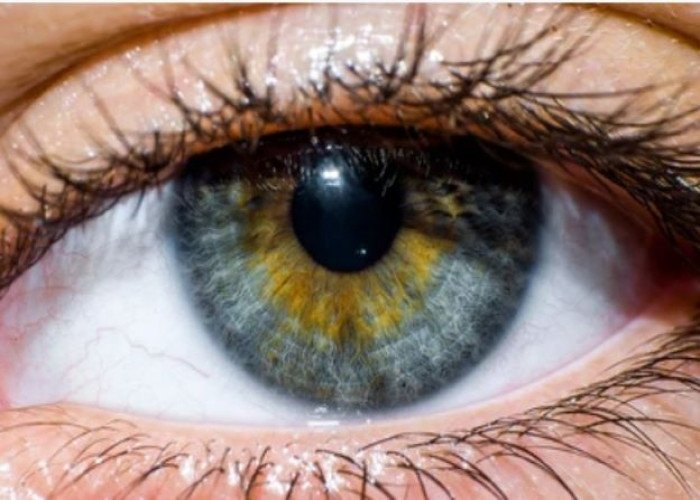 Welcome
Welcome
“May all be happy, may all be healed, may all be at peace and may no one ever suffer."
Loading...
Cranial Nerves Diseases
- A
- B
- C
- D
- E
- F
- G
- H
- I
- J
- K
- L
- M
- N
- O
- P
- Q
- R
- S
- T
- U
- V
- W
- X
- Y
- Z
Sorry, no data found.
Cranial Nerves - Diseases
The cranial nerves are a set of 12 pairs of nerves that originate in the brain and extend through small openings in the skull to various parts of the head, neck, and upper body. They are numbered and named based on their location and function.
Here is a brief overview of each of the 12 cranial nerves:
- Olfactory nerve - responsible for sense of smell.
- Optic nerve - responsible for vision.
- Oculomotor nerve - responsible for eye movements, pupil constriction, and eyelid opening.
- Trochlear nerve - responsible for eye movements.
- Trigeminal nerve - responsible for facial sensation, chewing, and certain motor functions.
- Abducens nerve - responsible for eye movements.
- Facial nerve - responsible for facial expressions, taste, and tear and saliva production.
- Vestibulocochlear nerve - responsible for hearing and balance.
- Glossopharyngeal nerve - responsible for taste, swallowing, and certain sensations in the throat.
- Vagus nerve - responsible for regulation of various organs and structures in the body, including the heart, lungs, and digestive system.
- Accessory nerve - responsible for certain movements of the head, neck, and shoulders.
- Hypoglossal nerve - responsible for tongue movement and certain speech and swallowing functions.
Disorders of the cranial nerves can cause a wide range of symptoms, depending on which nerve is affected. Some common cranial nerve disorders include Bell's palsy (facial nerve paralysis), trigeminal neuralgia (severe facial pain), and vestibular schwannoma (a benign tumor that affects the vestibulocochlear nerve).

Anus

Uterus

Bronchioles and smaller air passages

Cornea Eye

Testes

Nose

Toe

Ileum intestine
Searching Keywords Idea
Cranial Nerves, Trigeminal nerve, Facial nerve, ক্রেনিয়াল নার্ভ
Bangladesh is Number One in Digital Medical Management.
To be happy, beautiful, healthy, wealthy, hale and long-lived stay with DM3S.
To be happy, beautiful, healthy, wealthy, hale and long-lived stay with DM3S.